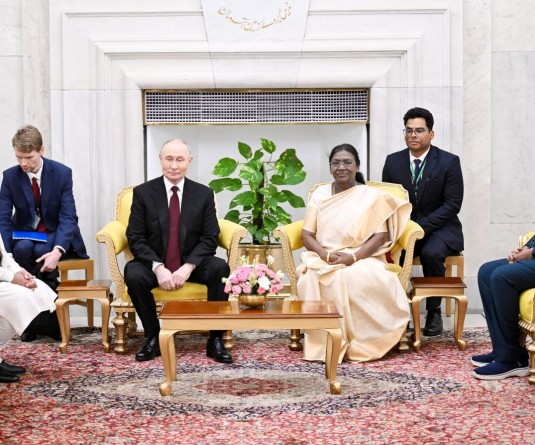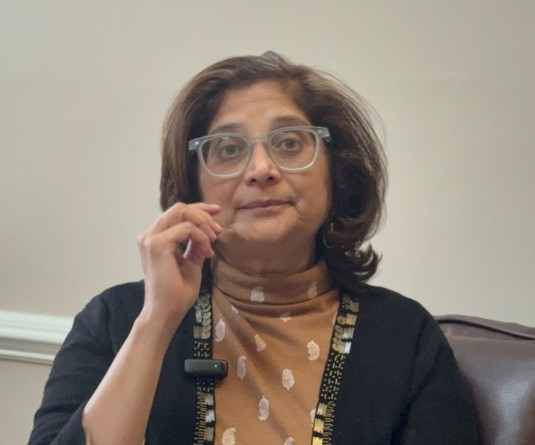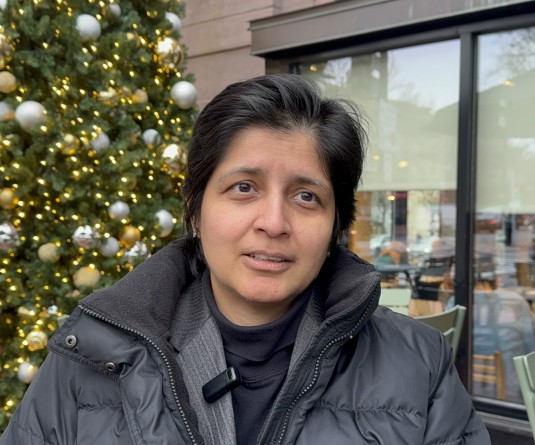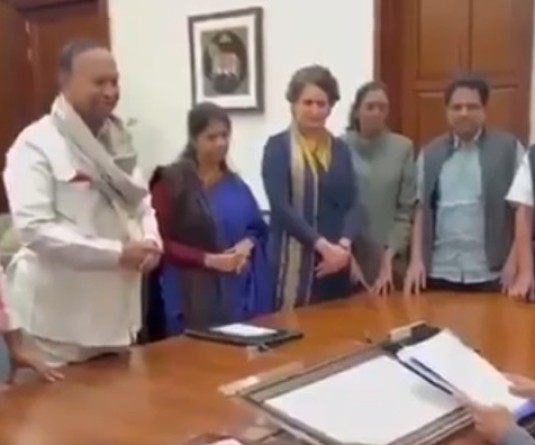IANS Photo
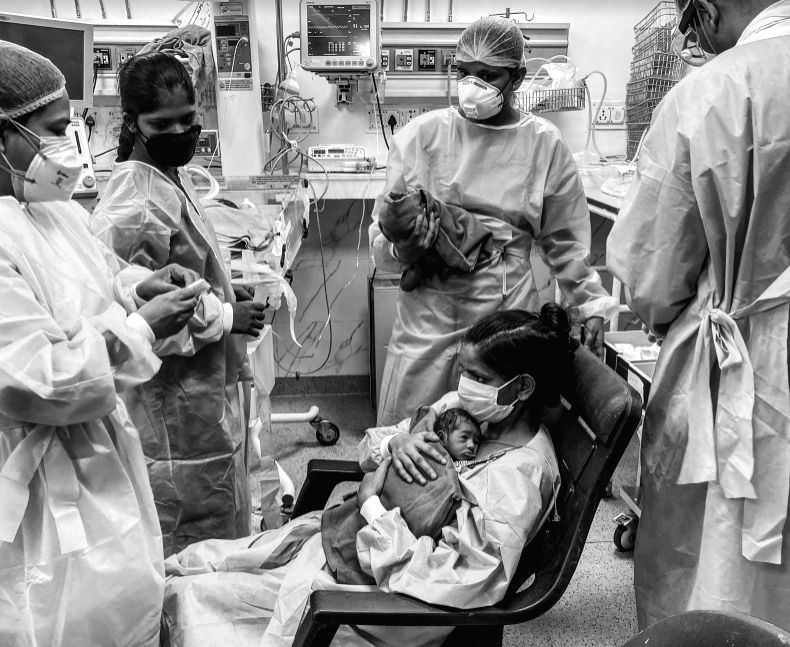
New Delhi, September 20 (IANS): She captures frames of the greatest migration since Partition, but what strikes is not the movement, but in fact an uncomfortable stillness -- not just of the people but the entire city. A post-war capital -- abandoned, but still standing tall, unable to come to terms with the new reality.
In the initial days of the lockdown, which forced lakhs of migrant workers to flee cities towards their homes on foot, Delhi-based photographer Parul Sharma decided to capture reality at its most profound, laying bare the state's poverty of imagination. The result is the book 'Dialects of Silence', published by Roli Books. A photographic evidence and document of times shot with a iPhone 11 Pro and a Huawei P30 Pro that not only lays bare the great divide but also reimagines a perpetually buzzing city that even ghosts would be scared to inhabit.
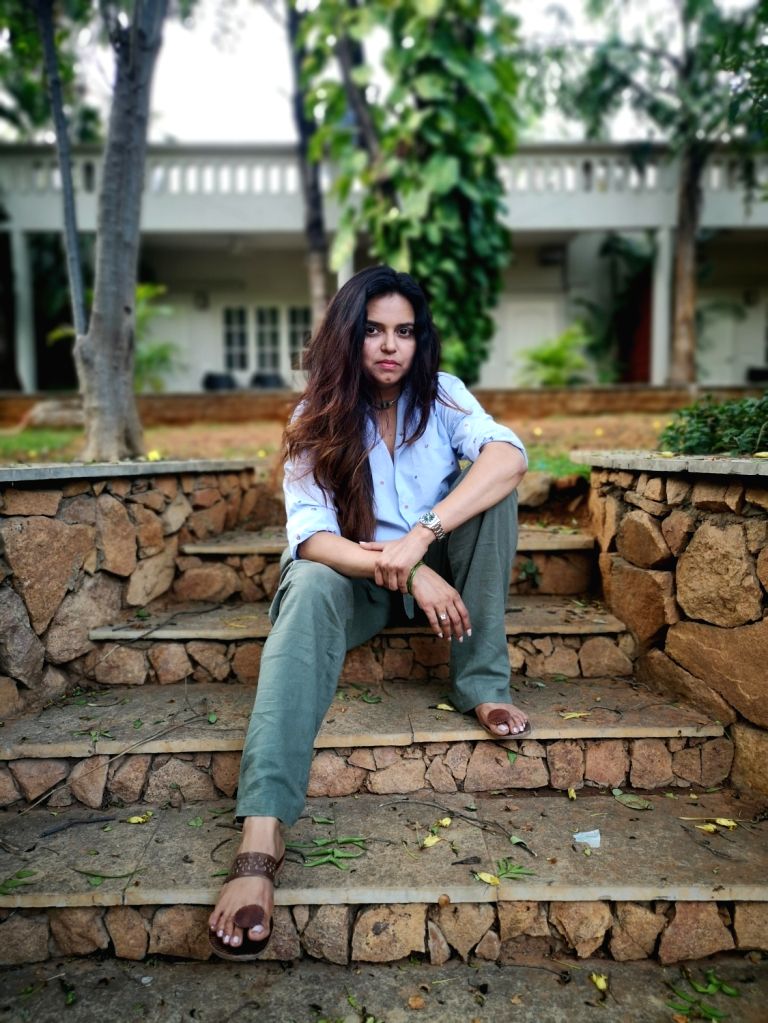
IANS Photo
Capturing the migrants at different locations to framing Delhi's iconic landmarks in their deserted avatars, Sharma wanted to be closer to a frightening reality: Migrant workers, battling hunger and disease, trying to return to their distant homes; bodies of Covid victims being delivered like packages in crematoriums; the last rites in isolation; and the embers of grief.
"For a photographer living through an unprecedented time of fear and horror, the aura of absence had to be captured and memories to be revisited, in the edifices of Old and New Delhi."
Believing that Photographs capture history in a flash—and eternity in a blink, Sharma, who hit the capital's streets from April 4 and shot over 10,000 images (and continues to), adds, "Books and films can bring to perfection what has been written or filmed long after the moments of creation. Photography doesn't have that luxury. What you shoot in that moment is what you get. That image is etched in time. It is an unchangeable reality."
Born and brought up in New Delhi, Sharma, who left her corporate job in 2017 to pursue photography full time, making her first solo ‘Parulscape' at Bikaner House in the same year and going on to exhibit her works on Naga Sadhus and transgenders in a three-week solo exhibition called Mystico India at Florence's leading public museum Marino Marini last year, says even while in the job, she realised that she wanted to wanted to pursue photography focussed on architectural design, form, and the geometry of urban spaces.
Ask her why all photographs are in black and white, and she smiles, " For me the most colorful thing in the world is black and white, it contains all colors and at the same time excludes all. Black and white is how I have tried to live my life, and it is how I want to define my sensibility in art."
But don't the subjects come back to haunt her? "I still wake up in a sweat shattered with the horror and sadness and sheer aloneness of bodies that came, day in, day out, to the Nigambodh electric crematorium, the Muslim burial ground and the Christian cemetery. Plastic wrapped bodies on a moving beltway into a gas oven, a young widow reading the fatiha before her husband's freshly laid grave, the wrapped bundle of a tiny, abandoned baby who died of Covid , waiting for the gravedigger, and the catatonic movement of coffin maker, Mr. Paul, Sawing Timber for coffins – June was the cruellest month of all."
Considering the fact that the photographer's father is from New Delhi, and mother from the old part of the city, it was natural that she went to the places she knew most.
And it was in June, the idea of doing a book on the lockdown in Delhi came up in a conversation with Pramod Kapur of Roli, who has also curated the photographs in 'Dialects of Silence'. "Support for the project came from Ashok and Yamini Kapoor of Cosmo films. The book is magnificently printed on synthetic Cosmo paper," remembers Sharma.
Though she wanted to shoot in ICUs, but was not allowed to, Sharma, who feels that photographers have a responsibility to document the present, does plan to exhibit the photographs too. When? "When the darkness lifts," she says with all the seriousness.
Currently working on her other projects that got delayed due to the pandemic, the photographer, who's next book ‘Colaba', (Roli Books) will hit the stands next year says about the city where ‘Dialects of Silence' was shot -- " I have seen its many avatars and its indefatigable ethos, its evolution as an idea and as an attitude. I learnt how to dream, aspire, love and grieve in this city, that I call home. It's a very deep connection. Every nook and corner of the city has memories etched and stored in locked rooms, some resolved some not. I still seek answers in them."


